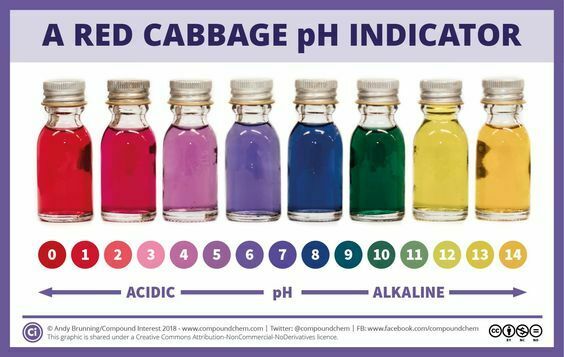Year 5 SCIENCE CLUBS CHEMISTRY FlashCards sobre Chemistry Part 1: Class three - Indicators , criado por cecilia valente em 16-01-2023.
Pin adicionado em
165
0
0
Sem etiquetas
|
|
Criado por cecilia valente
quase 2 anos atrás
|
|
Fechar



